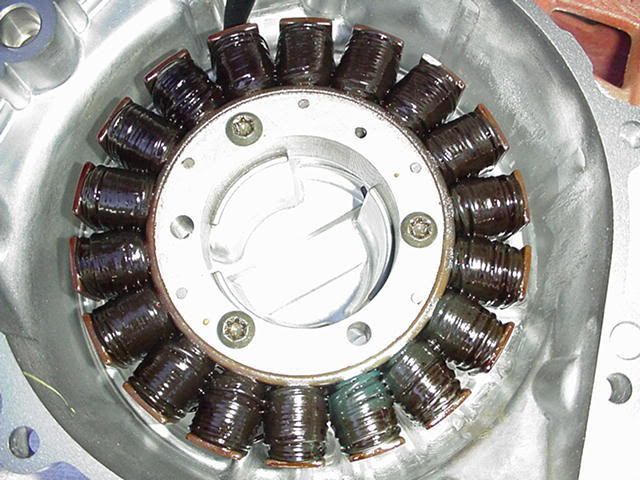ponyfool
Well-known member
For me, none of that matters, it's all about Murphy's Law......It's not only ohm's law. You forgot Maxwell's Equations, and some neccessary material science.

For me, none of that matters, it's all about Murphy's Law......It's not only ohm's law. You forgot Maxwell's Equations, and some neccessary material science.
Turns out that the voltage at the VR was in fact remaining pretty stable, more on this below.Drawing high current for long periods of time may cause self-heating that can cause the device to enter either thermal shutdown, a safe mode designed in by the manufacturers, or thermal runaway and self-destruct. Looking back at the Electrosport thread, I wonder if this was the problem Ionbeam was seeing
Haven't opened the stator cover back up since installation, and only have about 19000-20000 miles on it anyway. But I also expected it to darken up over time... that's pretty normal stuff.Dale, out of curiosity, have you looked at your Electrosport stator after high miles to see what it looks like?
Hell, even some of the "middle of the pack" guys run over 1K miles each and every day of the IBR. So a crispy stator is not a good thing and I'm really interested in what my "low mileage" stator looks like.A typical front-runner in the IBR will average over 1000 miles a day for each of the 11 days, so... better to have replaced his stator now, then fret about it during a dark rainstorm on Day 7.....




Yes, it is. Completely normal.I guess the thing getting dark is normal?
Enter your email address to join: